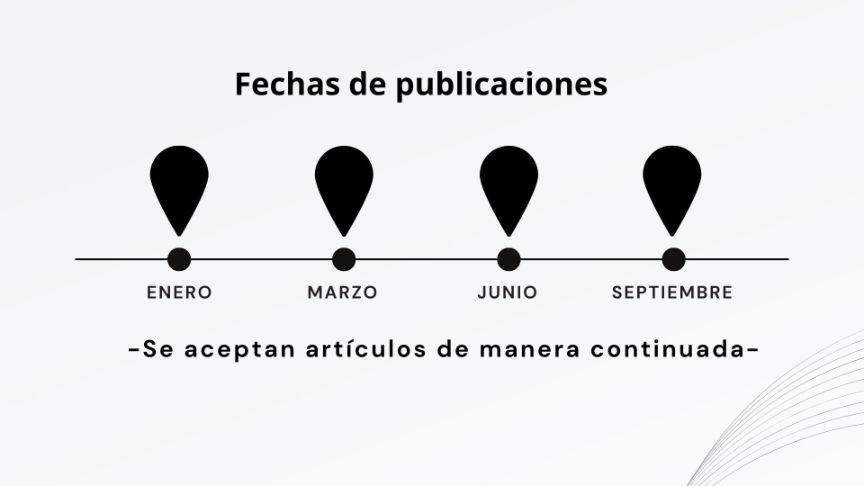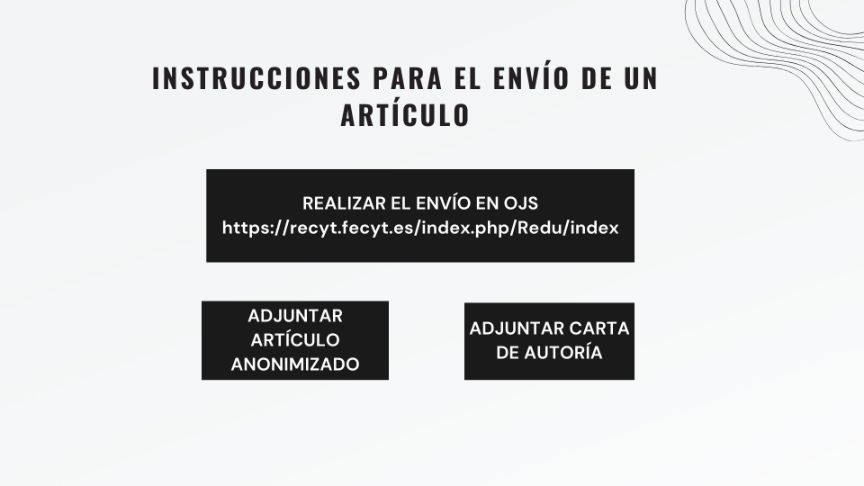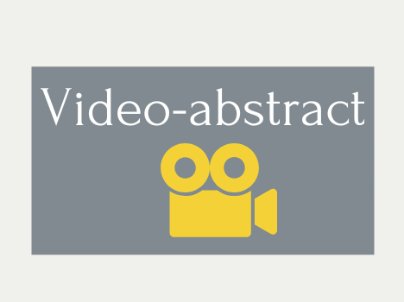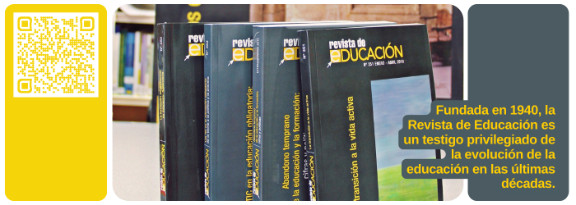You are here:
- Home
- Publication guidelines
- Articles
Publication guidelines
Trayectoria, cobertura y contenido
El objetivo de la Revista de Educación es difundir conocimiento especializado que permita mejorar la gestión y la práctica educativas, así como la propia investigación en este campo. Sus destinatarios preferentes son la comunidad científica en Ciencias de la Educación, los profesionales y los administradores de la educación.
La revista está estructurada en tres secciones:Investigaciones, ensayos y reseñas. También podrá contarse con una sección Monográfica en uno de los números que se publican anualmente.
Información
- Información sobre el proceso editorial

- Una vez haya sido aceptado el artículo, se solicitará a los autores y autoras que presenten una traducción (disponen de un plazo de 30 días).
- Revista de Educación publica todos sus artículos, ensayos y reseñas en español e inglés.
Envío de artículos
- Para enviar un artículo primero hay que registrarse en la Revista de Educación.
- Los artículos se envían a nuestra revista a través del sistema de gestión y publicación de RECYT-FECYT en OJS. No a través de e-mail.
- Normas de presentación:
- Carta de autoría (obligatoria): Modelo

- Normas APA 7: Información



Avisos importantes
- Principios sobre el uso de inteligencia artificial en la elaboración de manuscritos: Información

- La Revista de Educación nunca solicita el envío de originales a posibles autores, ni tampoco cobra cantidad alguna por la publicación. Si usted recibe alguna petición en este sentido considérelo un fraude y evite el contacto con esa fuente.
Subir





